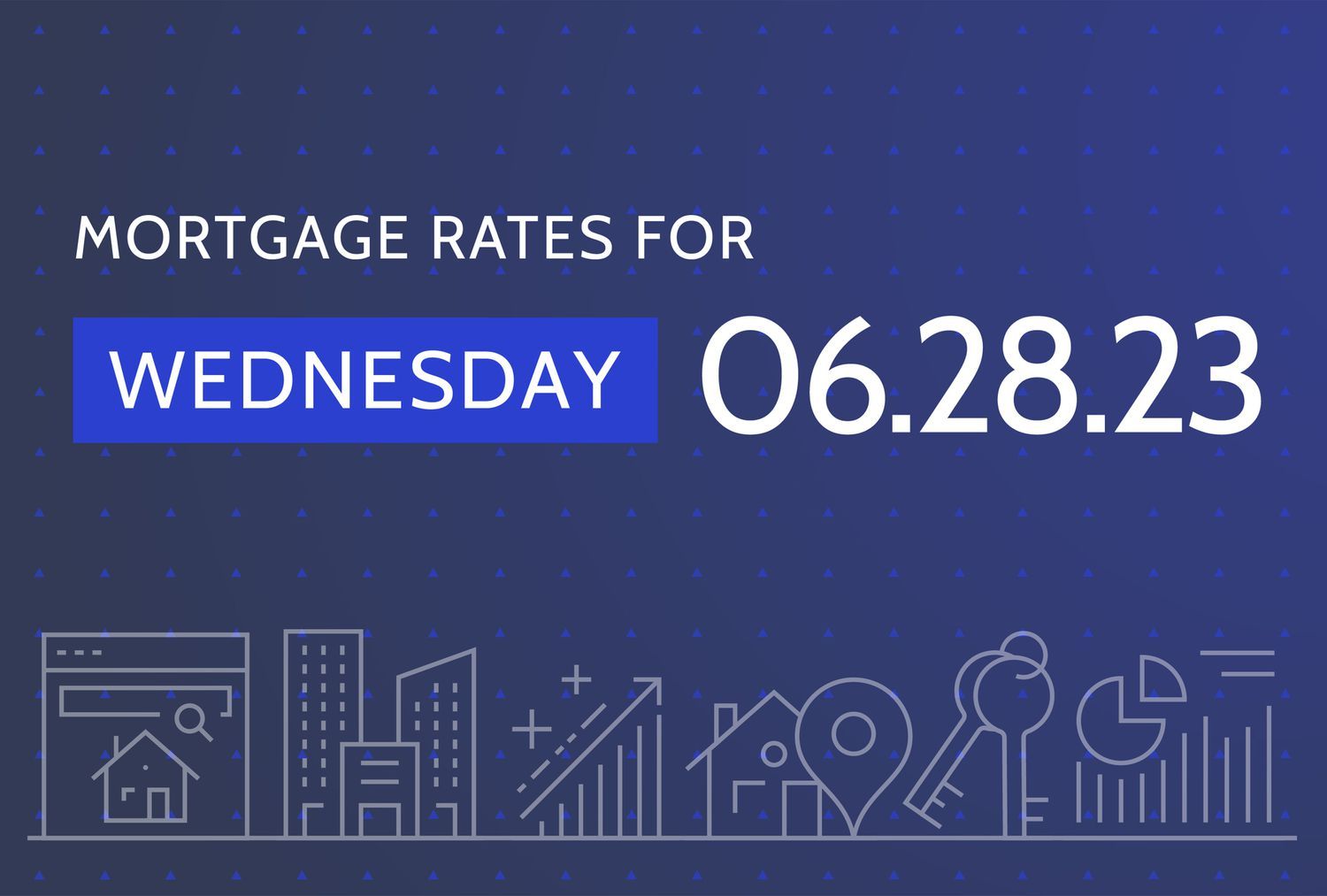30-Year Mortgage Rates Edge Higher for a Fifth Day
National averages of the lowest rates offered by more than 200 of the country's top lenders, with a loan-to-value ratio (LTV) of 80%, an applicant with a FICO credit score of 700–760, and no mortgage points.
Today's National Mortgage Rate Averages
After last week sinking to a five-week low, rates on 30-year mortgages have steadily climbed every day since. Tuesday's gain of another basis point has raised the flagship average 13 basis points over the previous Tuesday, currently placing it at 7.19%. Just over month ago, the 30-year average climbed to 7.65%, which is estimated to be a 20-year high. But the average has mostly bobbed around in lower-7% territory since hitting that peak.
After marking time for two days, 15-year rates gained Tuesday. Adding 7 basis points, the 15-year fixed-rate average is now up to 6.50%. In line with 30-year rates, the 15-year average surged in late May, but it wasn't enough to surpass the average's 15-year high of 7.03%, which was registered in October.
After subtracting an eighth of a point yesterday, the jumbo 30-year average remained steady Tuesday, holding at 6.27%. That's below the estimated 14-year high of 6.39%, a level the average has revisited multiple times in June. All other jumbo loan averages were also flat Tuesday.
Refinancing rates generally moved in line Tuesday with new purchase rates, with the 30-year refi average also adding a single basis point. The 15-year refi average moved a bit more dramatically than its new purchase counterpart, jumping 11 basis points, while the jumbo 30-year refi average marched in place. Tuesday's gap between 30-year new purchase and refi rates was 27 basis points for a third consecutive day.
After a historical rate plunge in August 2021, mortgage rates skyrocketed in the first half of 2022. The 30-year average shot to 6.38% by June 2022, which was more than double the rate of 2.89% seen just 10 months earlier. Then an even more dramatic surge in September and October 2022 outdid the summer peak, with the 30-year average ultimately climbing another 1.2 percentage points and recording a 20-year high.
The recent May surge in 30-year rates took the average to another high, 7 basis points above the October high-water mark. However, it's difficult to nail down how far back we'd have to go to find 30-year rates higher than what we saw on May 26, since daily rate averages weren't published before 2009.
Source: Investopedia


